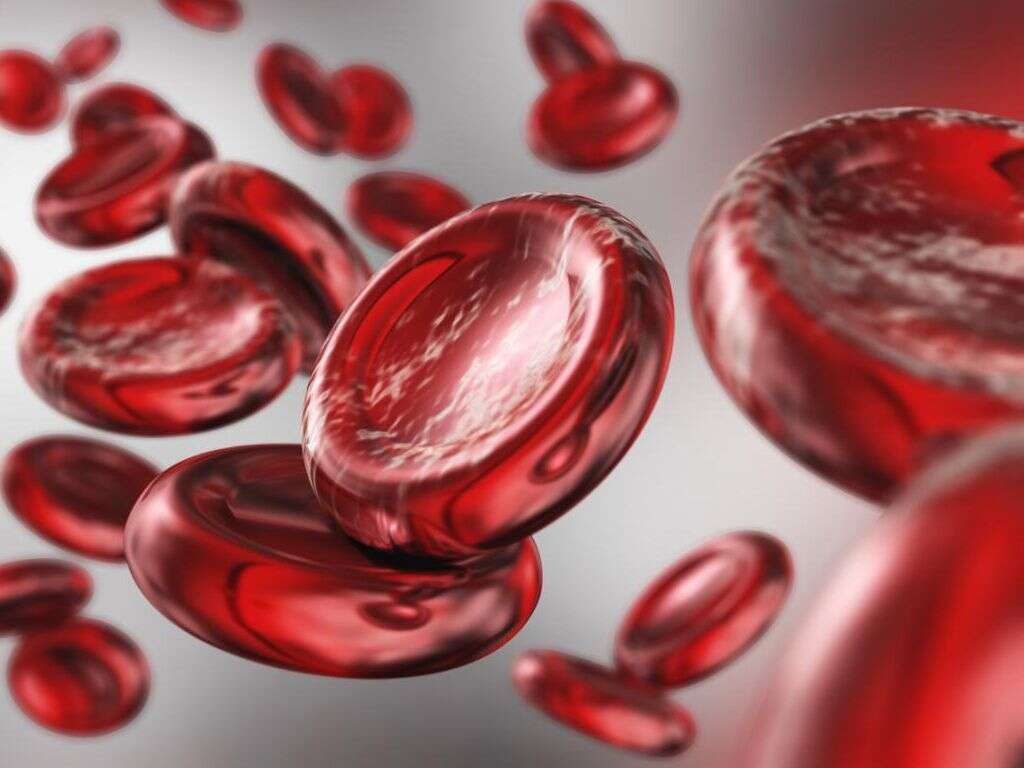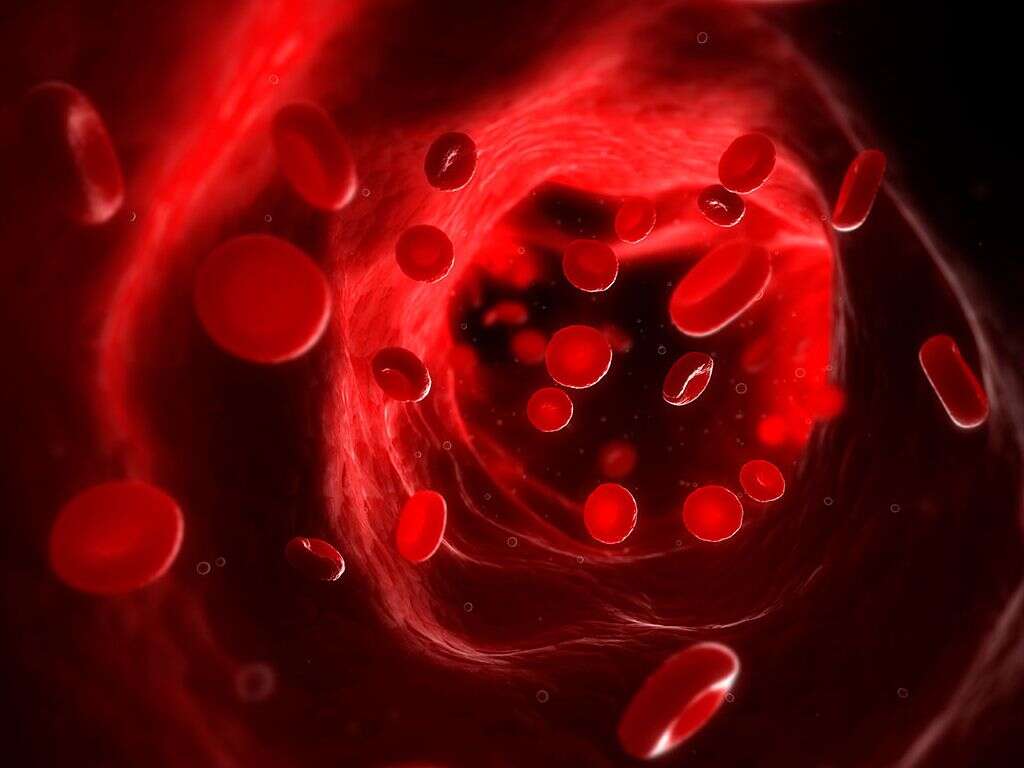What Is Microcytic Anemia?
Our red blood cells are essential to us. They help perform the role of transporting fresh oxygen from the lungs to where they are needed in the body. This is achieved with the help of hemoglobin, which is a substance that allows oxygen to bind to the red blood cells.
Hemoglobin is produced with iron but, in some people, there may not be enough iron available for the production of hemoglobin. This is one of the main causes of anemia, which is a condition that means the body does not have enough blood vessels. There are other potential causes of anemia, and there are also different types of anemia.
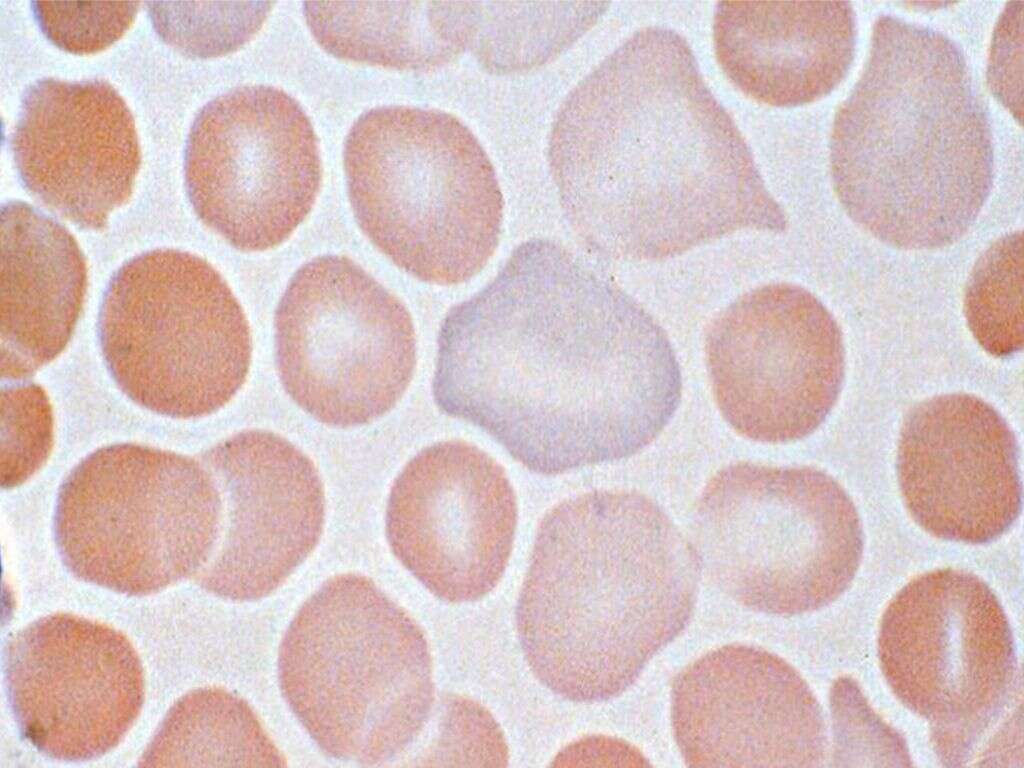
1. Microcytic Anemia
If your red blood cells are smaller than usual, it is known as microcytosis. Anemia is a condition when there is a lower than usual number of blood vessels in the blood. As the name suggests, microcytic anemia is the two conditions combined. This means there are too few blood cells and those that do exist are too small.
Microcytic anemia is not necessarily a dangerous condition and it can usually also be treated relatively easily. It is sometimes caused by potentially serious underlying causes, however, so it is something that should be checked out. There are several different types of microcytic anemia.
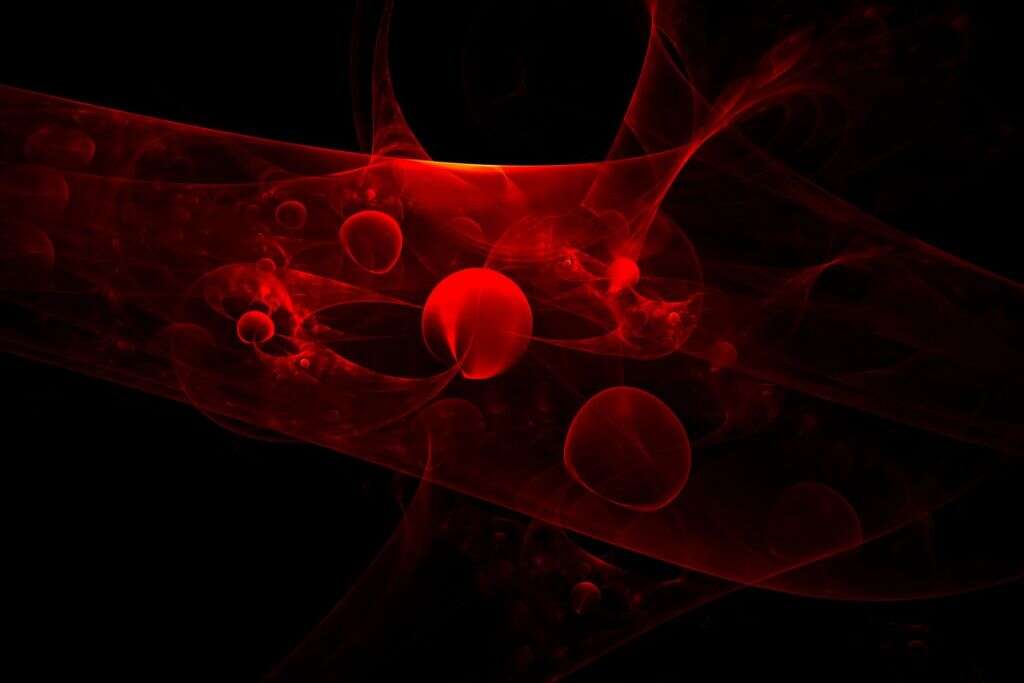
2. Hyperchromic Microcytic Anemias
Microcytic anemias are rare. The condition means that the red blood cells have more hemoglobin in them than they usually would. This makes the blood a much deeper red than usual. This type of microcytic anemia can be broken down into further types, one of which is congenital spherocytic anemia.
This type of anemia means that the membrane of the red blood cells has not formed properly. As a result, the cells are the wrong shape and they are also rigid. Because these cells are not functioning as they should do, they will be broken down in the patient’s spleen.

3. Hypochromic Microcytic Anemias
If there is less hemoglobin in the blood cells than usual, it is known as hypochromic microcytic anemia. This is much more common than hyperchromic microcytic anemia, and causes the blood cells to be a lighter red than usual. The most common form of microcytic anemia, and the most common of all anemias, is irony deficiency anemia.
Iron deficiency anemia means that there is not enough iron in the body to produce hemoglobin for blood cells. This can happen for a number of reasons, including an inability to absorb iron from food. Heavy blood loss is another potential cause, and it is often also caused because the patient simply does not have enough iron in their diet.
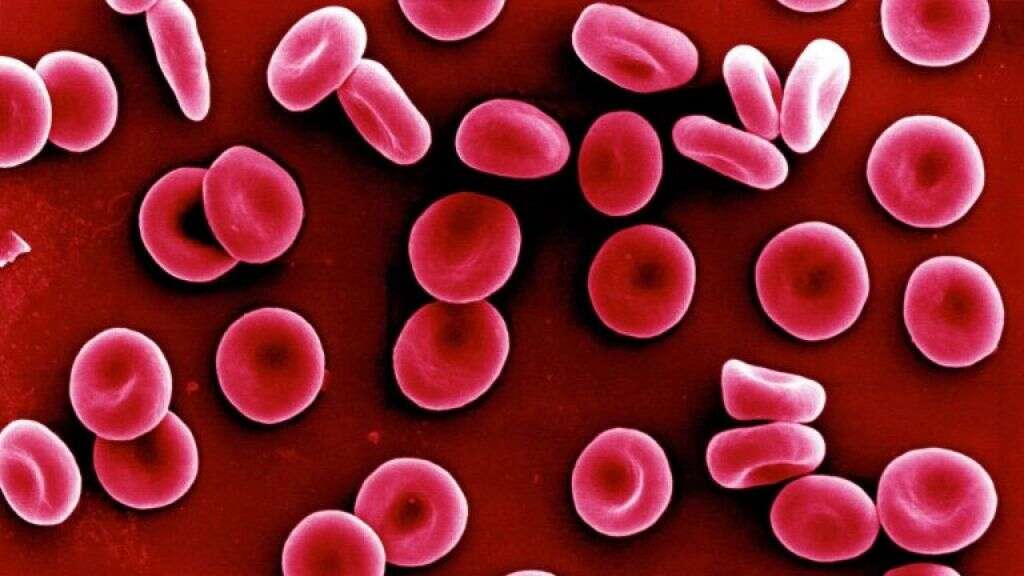
4. Sideroblastic Anemia
Another type of hypochromic microcytic anemia is sideroblastic anemia. This condition is usually congenital, which means it is caused by genetic mutations. It will also sometimes develop later on in the patient’s life. The condition causes iron to accumulate in the patient’s red blood cells.
Another variety of hypochromic microcytic anemia is thalassemia. This is an inherited condition, and the genes responsible for hemoglobin production are affected. The condition often means that not enough hemoglobin is produced, while it can also mean that hemoglobin is produced abnormally. The abnormal blood cells are destroyed resulting in too few red blood cells in circulation.
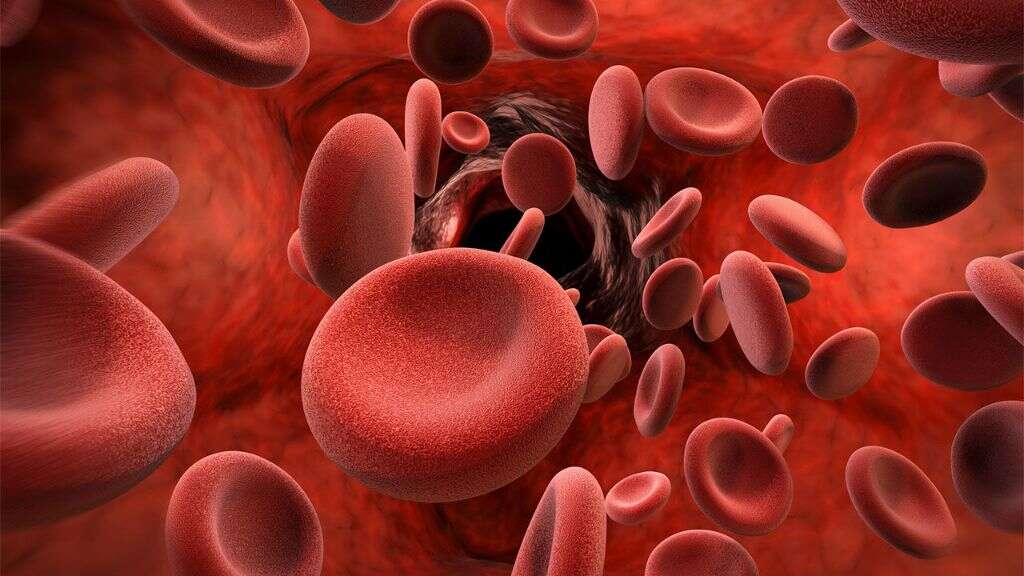
5. Normochromic Microcytic Anemias
If your blood cells have the usual amount of hemoglobin, this is known as normochromic microcytic anemia. One variety of this type is anemia of chronic disease, which is also known as anemia of inflammation. In such cases, the red blood cells will have a normal color, but they will still be smaller than usual.
The exact mechanism behind this condition is not well known. However, it is associated with a number of chronic diseases. This includes infections like HIV/AIDS and tuberculosis. Some inflammatory conditions like arthritis and Chron’s disease are also associated with the condition. Cancer and kidney disease are other diseases associated with the condition.
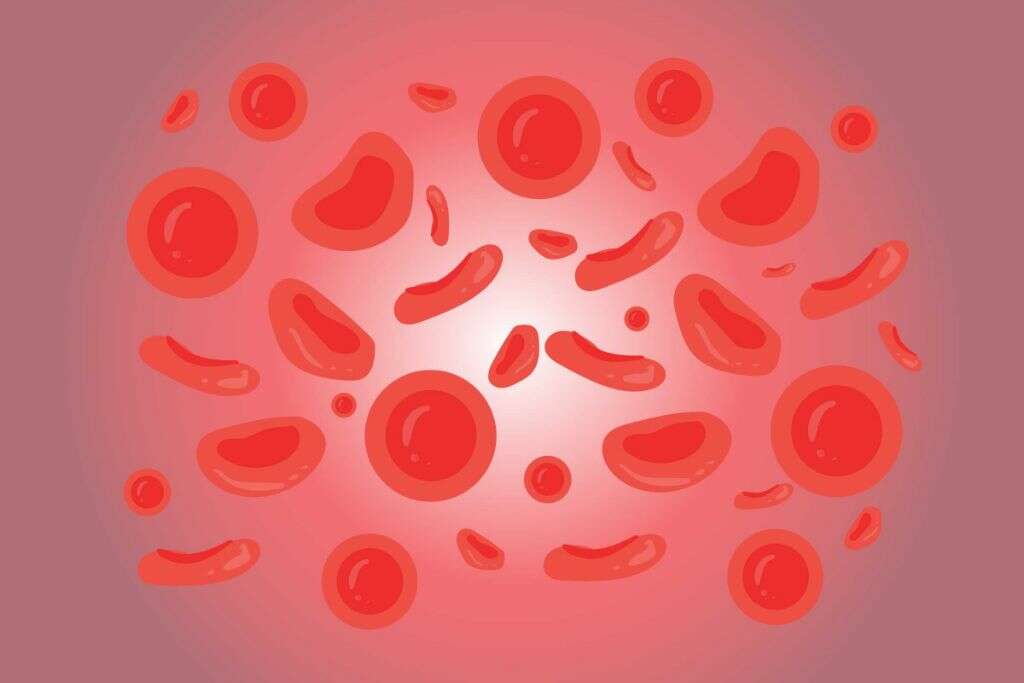
6. Other Causes
In addition to those mentioned, there are some other potential causes of microcytic anemia. Some of these are down to certain lifestyle factors. For example, using recreational drugs can cause the condition, as can people who abuse alcohol.
People that have too much zinc in their diet can also develop microcytic anemia, as can people that have a copper deficiency. Copper deficiency can be caused by an excess of zinc in the diet. Some of these conditions can be dangerous on their own so they should be checked out. Everybody should try and use drugs and alcohol in moderation only, if at all.

7. Symptoms
The symptoms of microcytic anemia tend to be very similar regardless of which specific type the patient has. It will often go unnoticed until the condition reaches a stage where it begins to have an impact on the patient’s well-being. When symptoms do show, they will typically include pale skin.
Patients with the condition will also likely have less stamina than they otherwise would, and they can also experience weakness and fatigue. They can get short of breath more easily than usual, and they can also become dizzy. These symptoms should encourage anybody to speak with their doctor as soon as possible.

8. Prevention
Preventing microcytic anemia is fairly straightforward in many cases as it usually involves having the right nutrition. This is easy to achieve for most people living in developing countries. Not everybody has access to the right nutrition, however, while others can also have medical conditions that can lead to the body not getting the nutrition it needs.
Iron is very important for the production of hemoglobin, and it is found in foods like poultry, leafy greens, beans, and red meat. Vitamin C is also important, which can typically be found in many fruits and vegetables. Supplements are also available the help ensure the patient gets what they need.

9. Diagnosis
In many cases, microcytic anemia is not noticed until the patient’s blood is being analyzed for something else. When it has been detected, further tests will be required and this will usually mean a peripheral blood smear. This will help to determine the exact type of microcytic anemia that the patient has.
Once the exact type has been diagnosed, it will then be necessary to look for an underlying cause of the condition. This will mean further blood tests, and this will likely mean stool and urine samples in addition to further blood tests. Imaging tests might also be requested.

10. Treatment
Treatment for microcytic anemia will often involve prescribing supplements for the patient, and this will often mean iron, vitamin C, or both. In many cases, it will also be necessary to treat the underlying cause of the condition. For example, some women will need hormonal therapy to help reduce the heaviness of their periods.
Anemia is not usually dangerous, but the more severe cases can be. In cases that are considered to be serious, a blood transfusion will likely be given. If adequate treatment is not provided then the more serious cases can result in a lack of oxygen flowing to the bodily tissues, and this can lead to severe complications.




